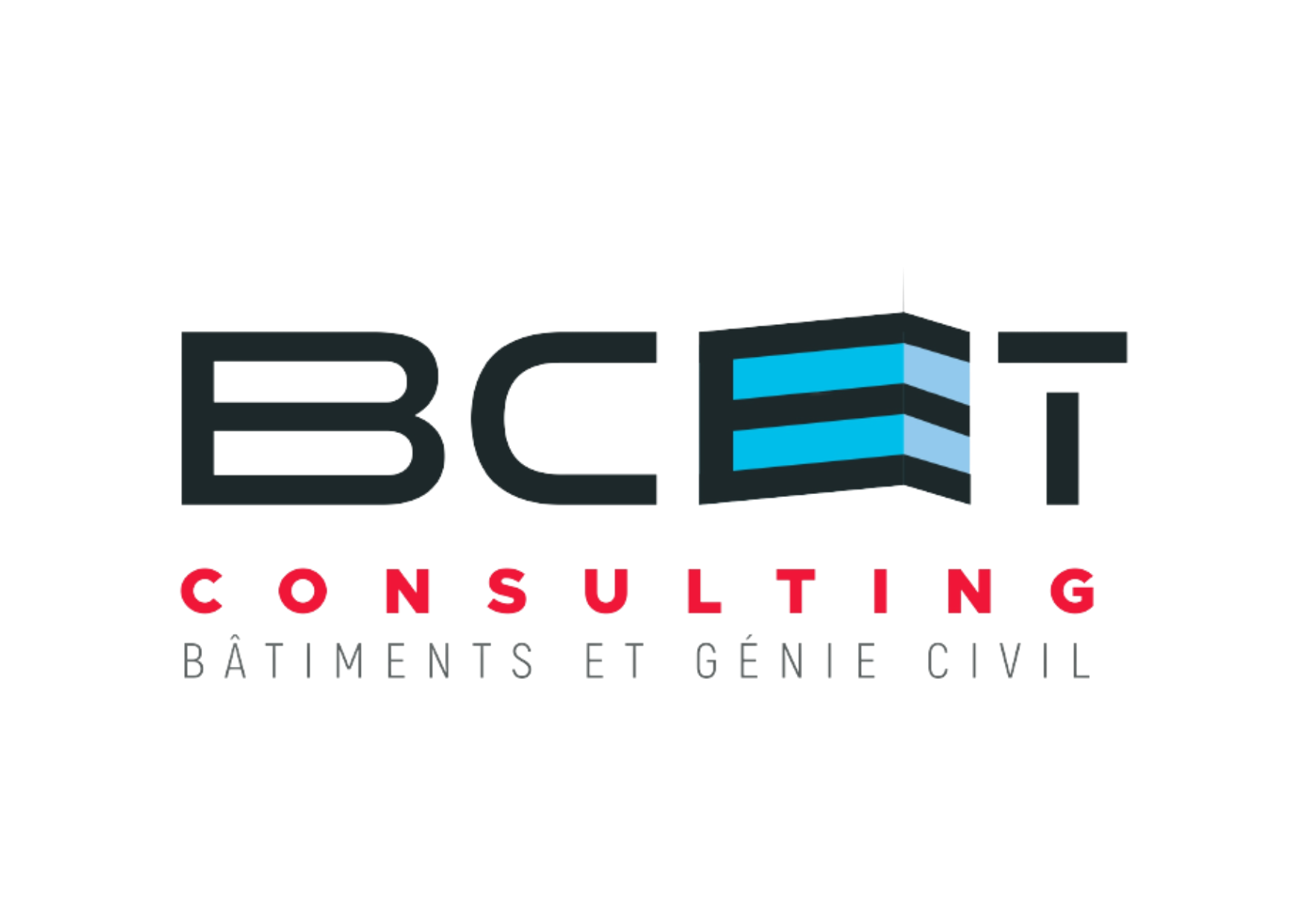The Progression of Google Search: From Keywords to AI-Powered Answers
Since its 1998 inception, Google Search has progressed from a rudimentary keyword scanner into a sophisticated, AI-driven answer platform. Originally, Google’s advancement was PageRank, which prioritized pages judging by the excellence and number of inbound links. This guided the web away from keyword stuffing approaching content that secured trust and citations.
As the internet developed and mobile devices expanded, search behavior fluctuated. Google implemented universal search to fuse results (information, images, clips) and at a later point called attention to mobile-first indexing to represent how people indeed look through. Voice queries using Google Now and next Google Assistant urged the system to understand everyday, context-rich questions versus abbreviated keyword series.
The subsequent advance was machine learning. With RankBrain, Google began evaluating historically unprecedented queries and user motive. BERT evolved this by discerning the refinement of natural language—syntactic markers, environment, and links between words—so results more thoroughly mirrored what people were asking, not just what they keyed in. MUM enhanced understanding through languages and modes, facilitating the engine to tie together affiliated ideas and media types in more advanced ways.
In modern times, generative AI is redefining the results page. Initiatives like AI Overviews unify information from myriad sources to deliver terse, applicable answers, regularly combined with citations and actionable suggestions. This curtails the need to engage with different links to synthesize an understanding, while however conducting users to fuller resources when they seek to explore.
For users, this evolution denotes more immediate, more precise answers. For artists and businesses, it recognizes completeness, uniqueness, and intelligibility as opposed to shortcuts. Prospectively, foresee search to become mounting multimodal—intuitively blending text, images, and video—and more bespoke, calibrating to preferences and tasks. The passage from keywords to AI-powered answers is in essence about altering search from sourcing pages to completing objectives.
